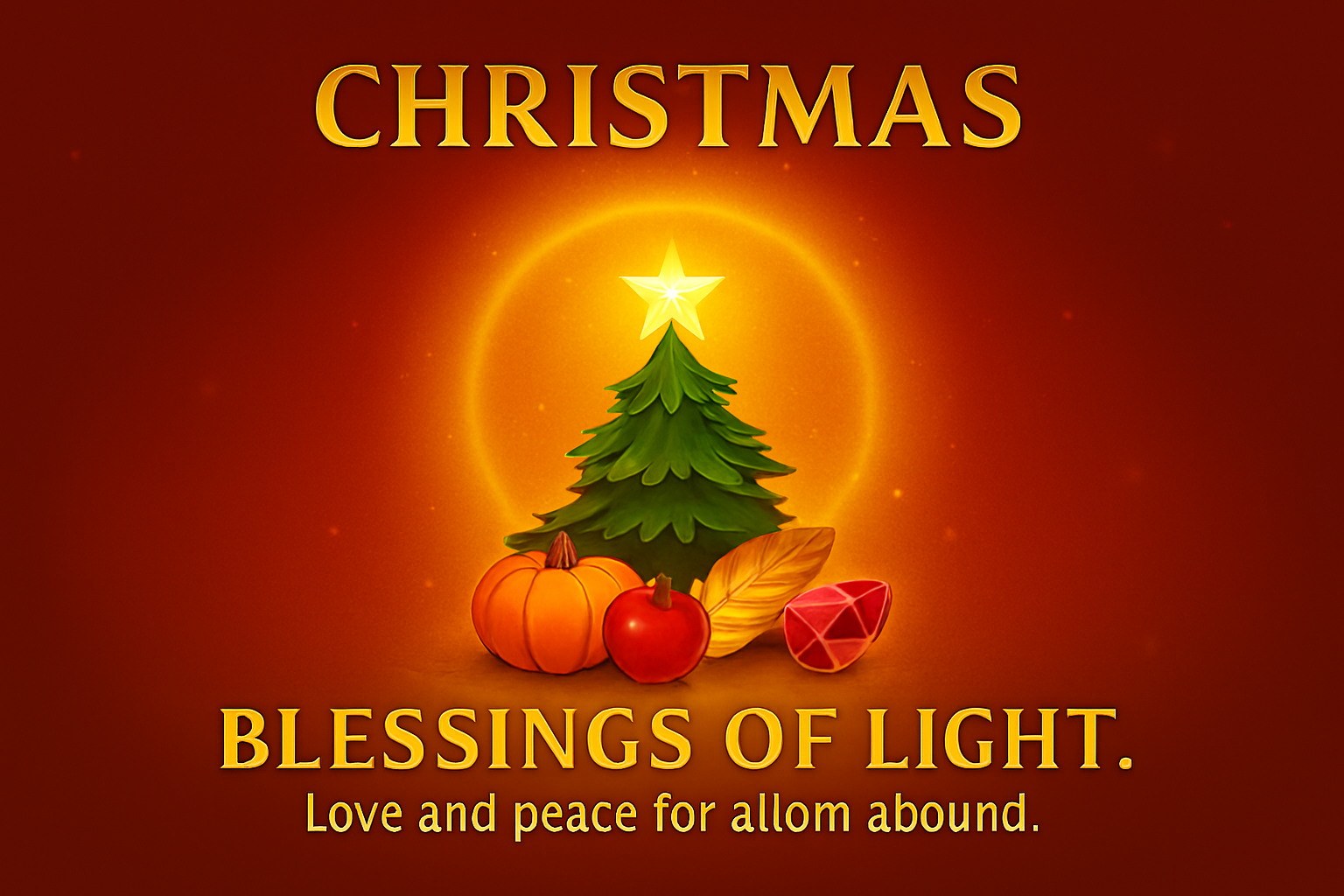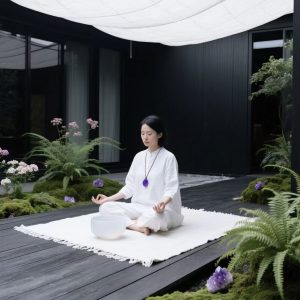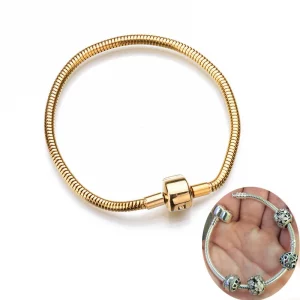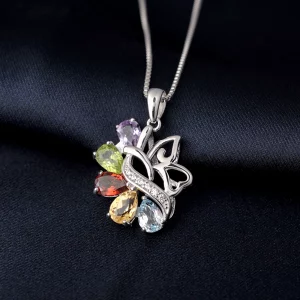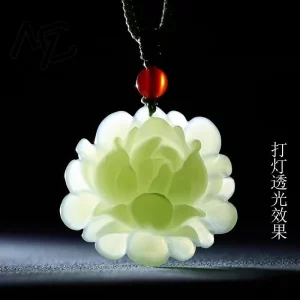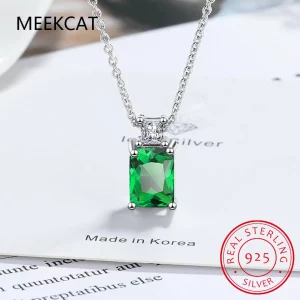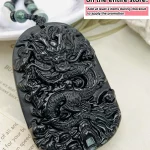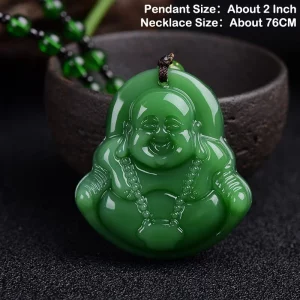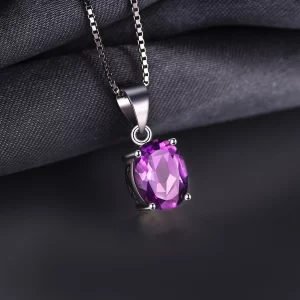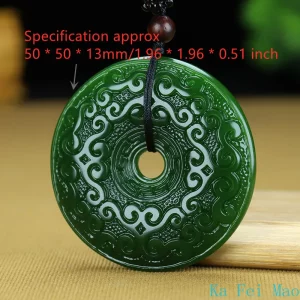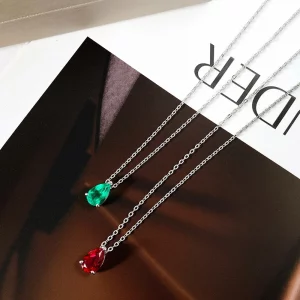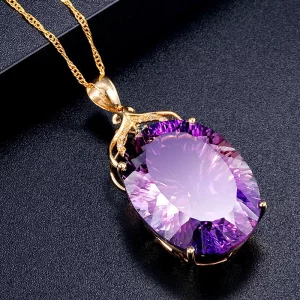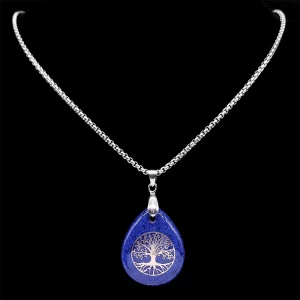🌙 Crescent Calm: Finding Serenity in the Lunar Glow
Introduction — The Gentle Power of the Crescent
The crescent moon has always been a symbol of beginnings, transitions, and quiet strength. Unlike the full moon’s brilliance, the crescent whispers rather than shouts, reminding us that calm is not absence but presence. The Crescent Calm ritual is about aligning with this lunar phase—finding serenity in subtle light, embracing transitions, and cultivating inner peace that glows softly yet steadily.
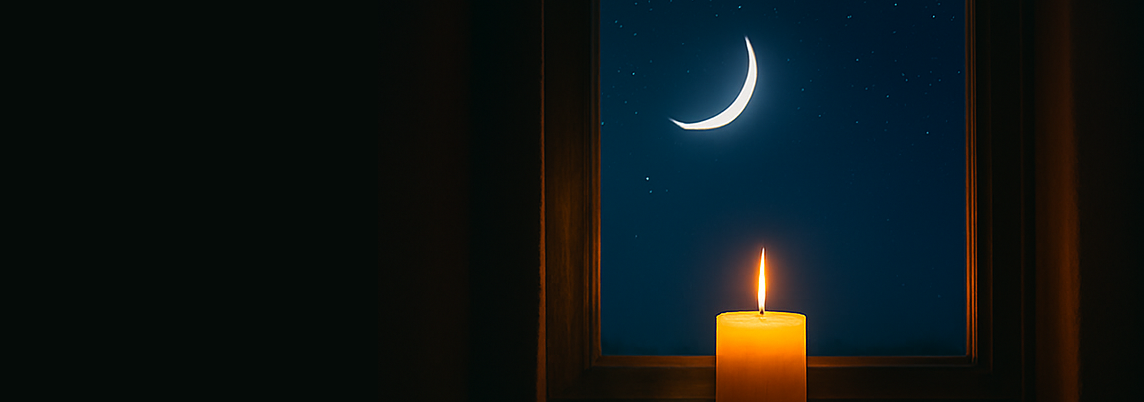
1. The Light of Transition: Embracing the Crescent Glow
The crescent moon is a threshold between darkness and fullness, a reminder that growth is gradual. In Islamic tradition, the crescent marks the beginning of sacred months, guiding communities with its subtle arc. In Daoist cosmology, the waxing crescent symbolizes the return of yang energy, while the waning crescent invites rest and release. Modern psychology echoes this wisdom: transitions are not failures but phases of becoming. Lighting a candle beneath the crescent moon, or simply pausing to gaze at its arc in the night sky, becomes a ritual of acceptance. The crescent teaches us that serenity is not found in perfection but in progress, in honoring the beauty of becoming.

2. The Breath of Stillness: Lunar Meditation and Calm
Breath is the bridge between body and spirit, and under the crescent moon, it becomes a tool of calm. In yogic pranayama, moon-breathing (chandra bhedana) is practiced to cool the body and quiet the mind. In Buddhist meditation, practitioners often sit beneath the moon, synchronizing breath with its gentle glow. Neuroscience confirms that slow, deep breathing activates the parasympathetic nervous system, reducing stress and fostering calm. Practicing lunar meditation at home can be as simple as sitting by a window, inhaling deeply as you gaze at the crescent, exhaling slowly as you release tension. The breath becomes a mirror of the moon—subtle, steady, luminous.

3. The Body in Balance: Gentle Movements Under the Moon
The crescent moon invites not exertion but balance. In qigong, evening movements are designed to harmonize yin and yang, aligning the body with lunar rhythms. In yoga, moon salutations (chandra namaskar) are practiced to honor the cooling, reflective energy of the moon. In folk traditions, dances under the crescent were performed to celebrate fertility, renewal, and community. Modern wellness echoes this: gentle stretches, tai chi, or mindful walking under moonlight restore balance to the nervous system and muscles. Moving under the crescent moon is not about performance but presence—each gesture a prayer, each step a rhythm of calm.

4. The Sound of Serenity: Music, Silence, and the Night Sky
Sound under the crescent moon carries a unique resonance. In Sufi tradition, devotional songs are sung beneath the crescent, weaving sound with starlight. In Japanese aesthetics, the sound of wind through bamboo or water under moonlight is considered a form of natural music. In modern sound therapy, soft chimes, bowls, or even curated playlists can create a lunar soundscape. Silence, too, becomes music under the crescent—an intentional pause that amplifies presence. By curating sound—whether through gentle instruments, recorded nature sounds, or simply sitting in silence—we create a sanctuary of serenity. The crescent moon reminds us that calm is not emptiness but fullness in quiet form.
Conclusion — Carrying the Crescent Within
The Crescent Calm is not about chasing brightness but about honoring subtlety. By weaving together light, breath, movement, and sound, we create rituals that mirror the crescent moon’s quiet strength. Calm is not passive—it is active presence, luminous in its gentleness. When we carry the crescent within, we carry serenity wherever we go, glowing softly yet steadily in the rhythm of life.
Sacred Tools, Everyday Treasures
Every ritual deserves its tools. Our collection blends tradition with modern design, offering treasures that turn daily moments into living rituals.

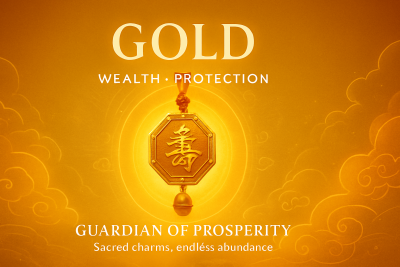
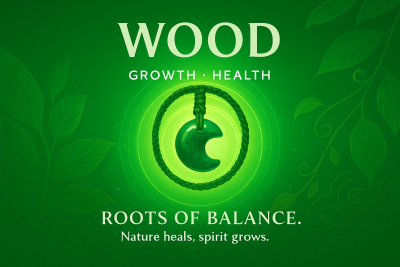
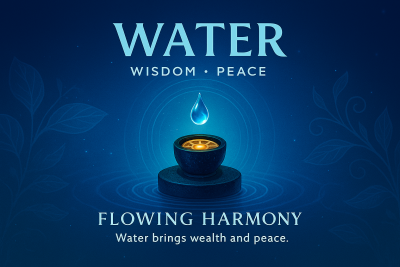

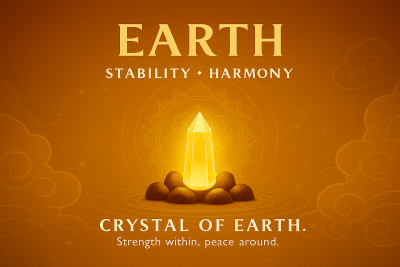
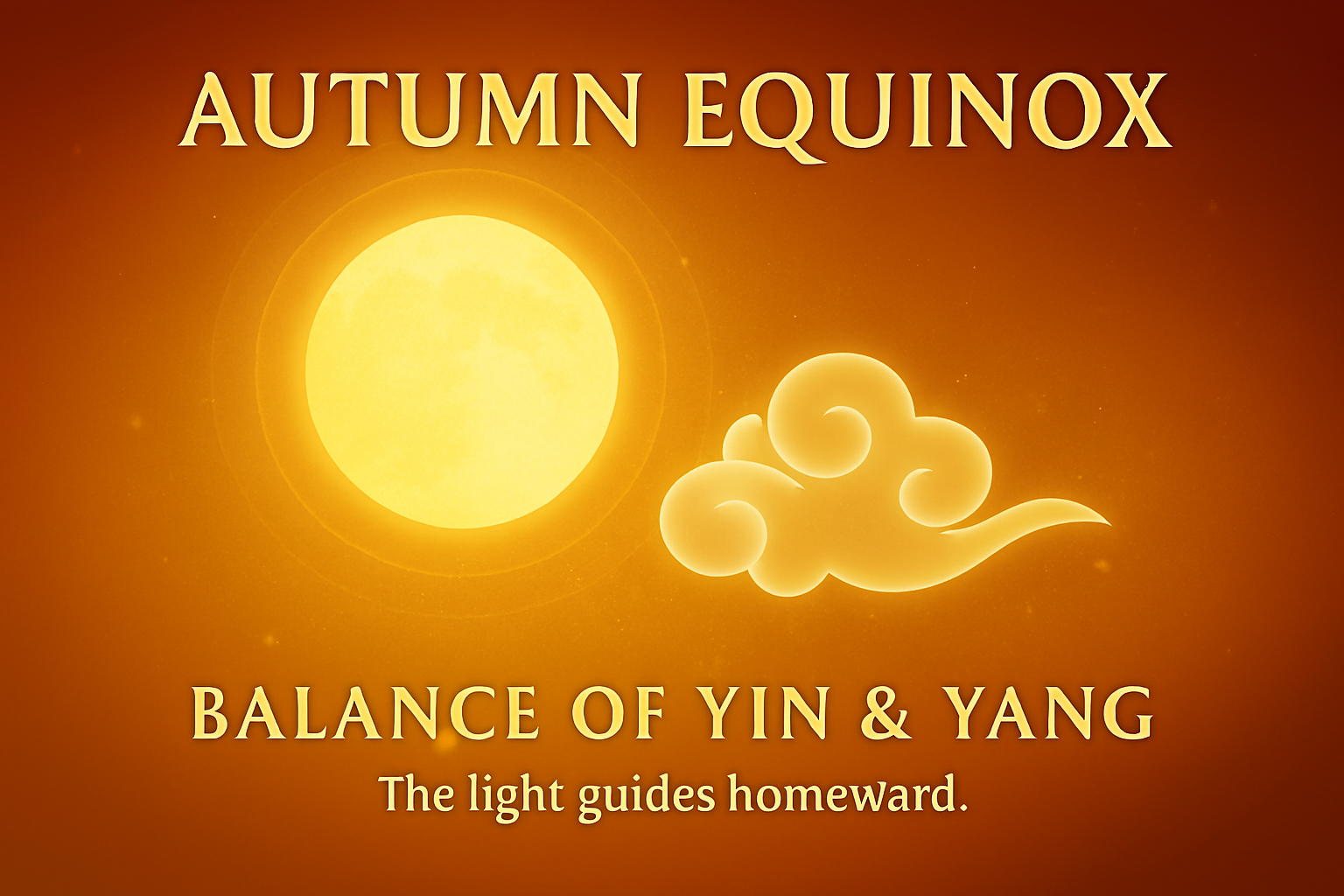
.png)
.png)
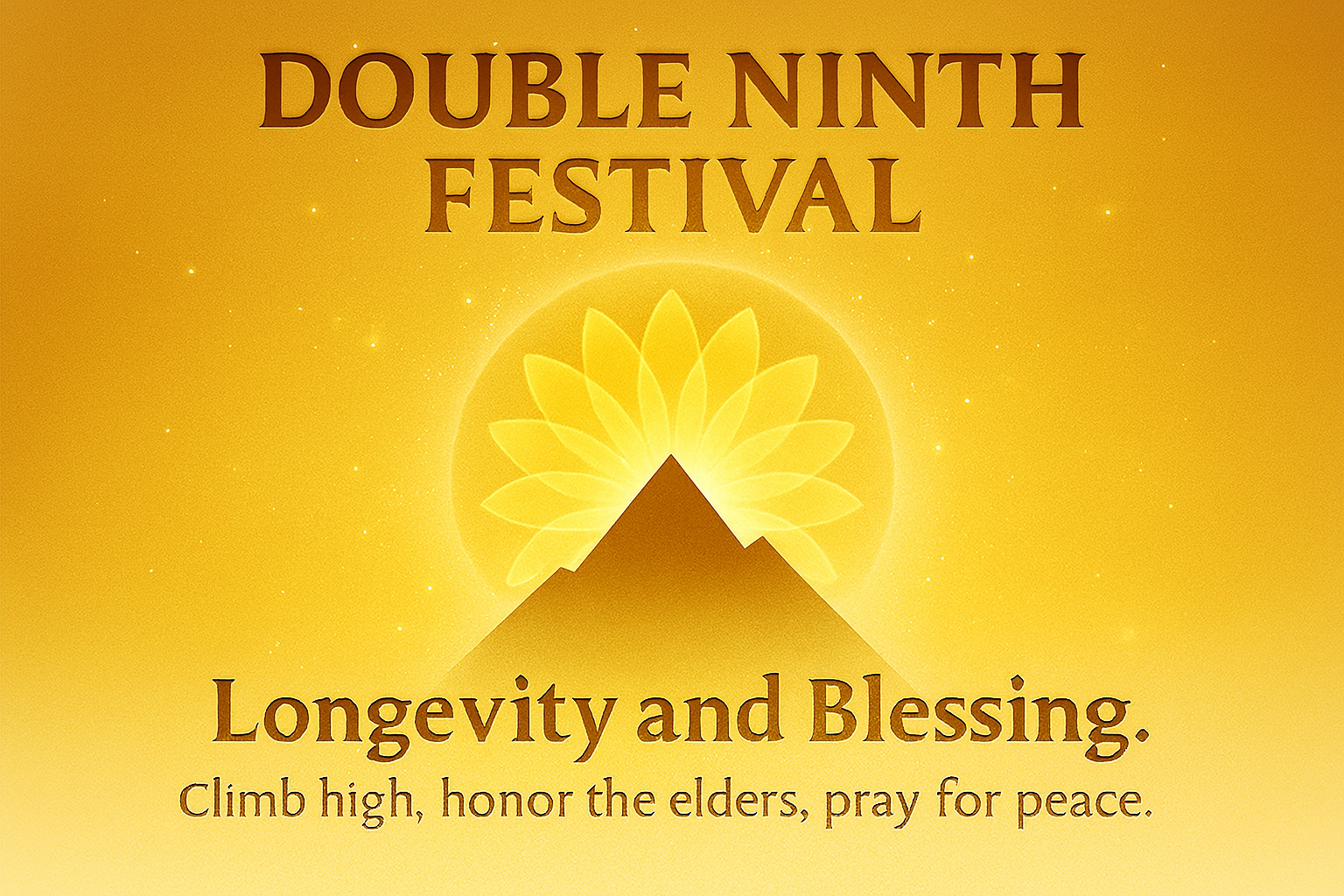
.png)
.png)
.png)
.png)
.png)
